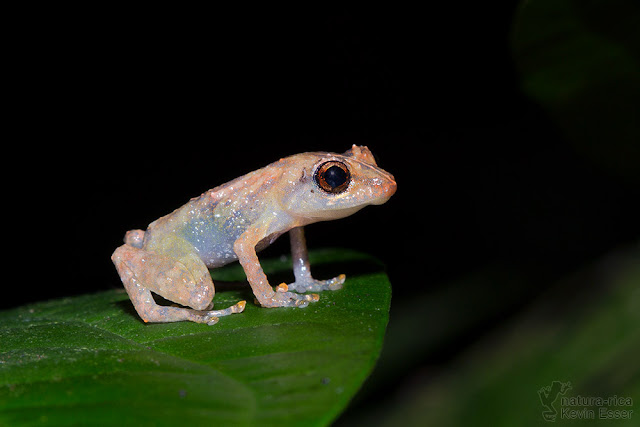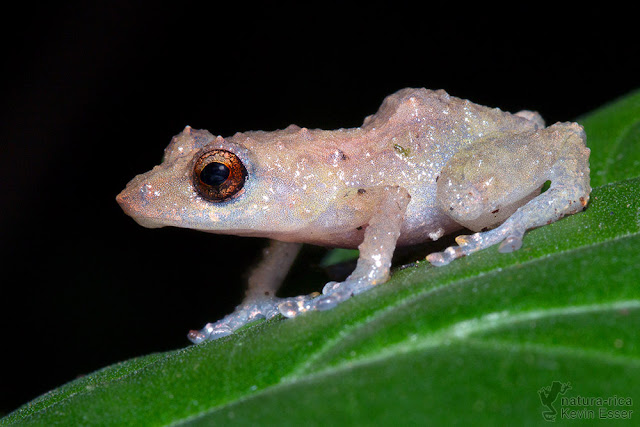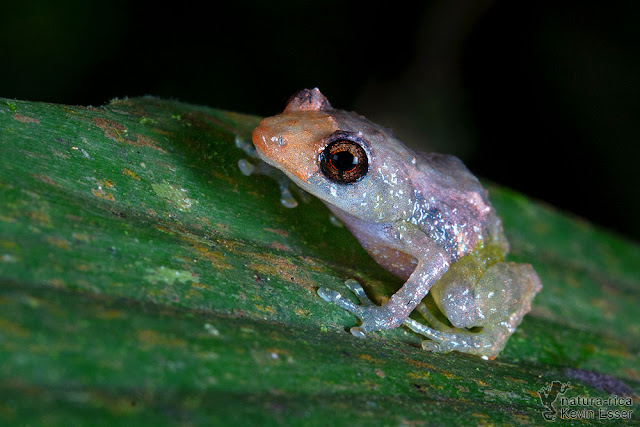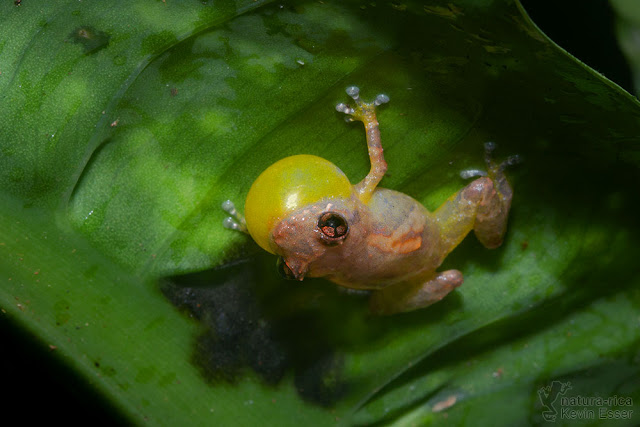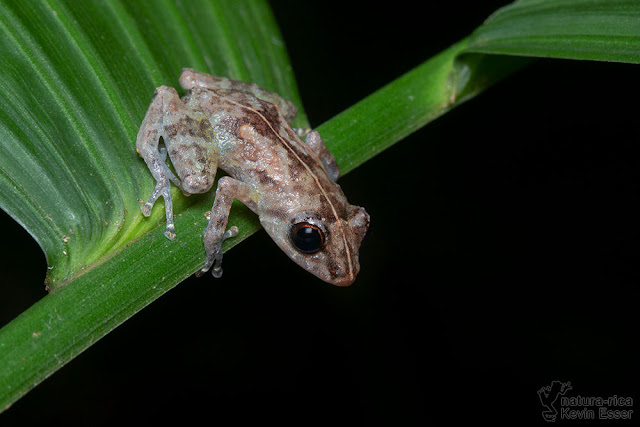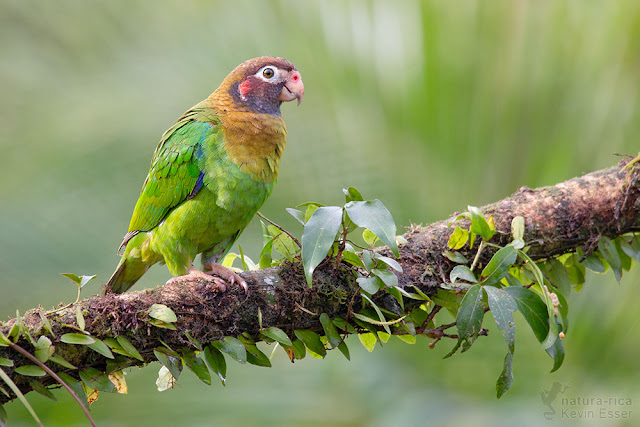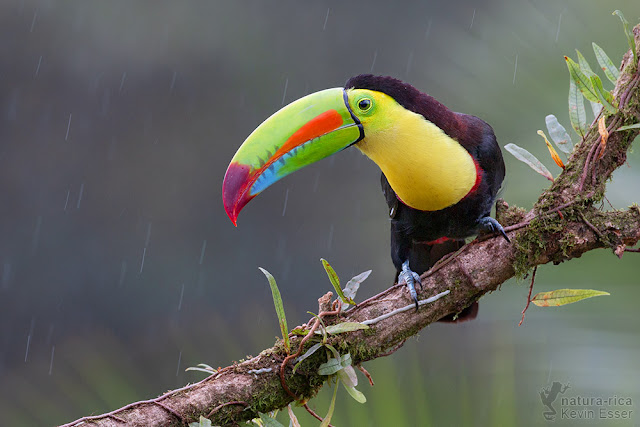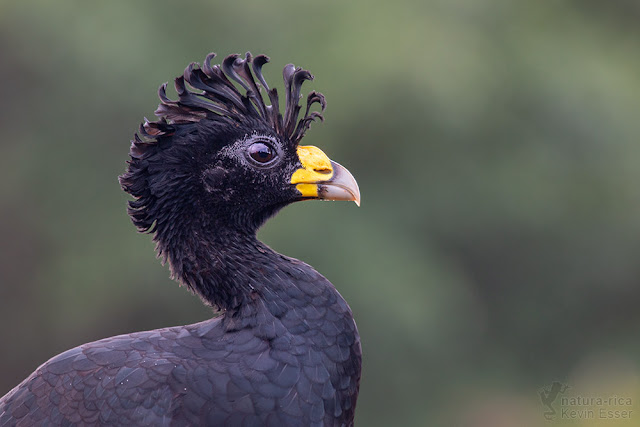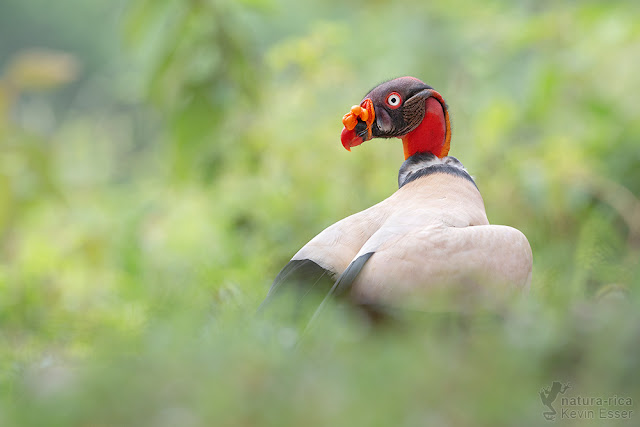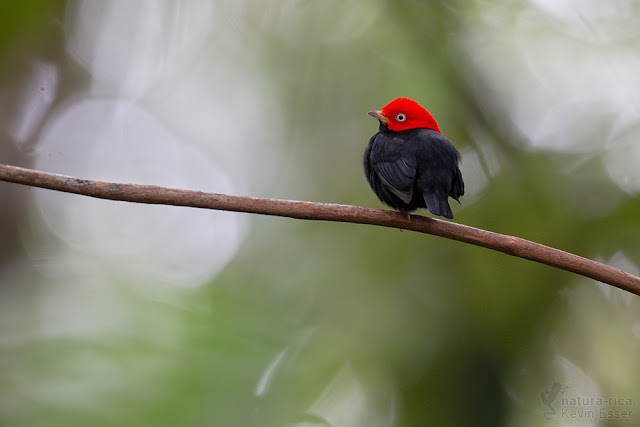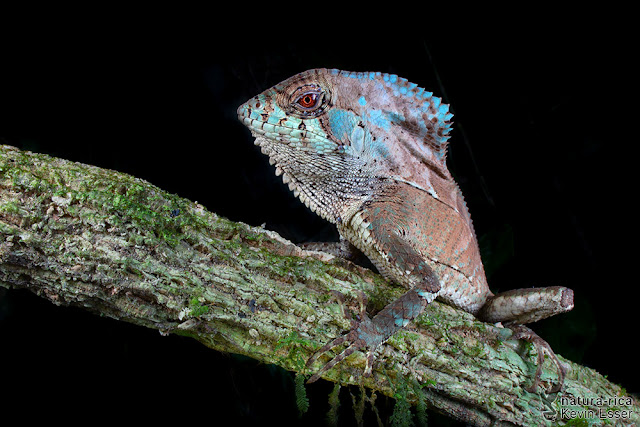The Common Dink Frog (Diasporus diastema) occurs in Central America, from Honduras through Nicaragua and Costa Rica to Panama. It is named after the loud metallic "dink" sound that the male frog makes during the night. The tiny males measure only 2 cm (0.79 in) at most. Females are a bit larger and reach up to 2.4 cm (0.94 in) when fully grown. Despite its small size, its call is remarkably loud.
Thursday, February 20, 2020
Wednesday, February 12, 2020
Costa Rica - Birds III
It's time to show some photos of birds again. I will always be focused on herpetofauna, but I have to admit that birding has also become a passion of mine. I don't have the best camera gear for bird photography, but with my 400 mm I can still get nice shots... these are some of my favorites:
Thursday, February 6, 2020
Wide angle herps
I recently bought the LAOWA 15 mm. Now it was about time to try the new lens in the rainforest. It can be difficult to take pictures of wild animals, because you need to get very close to the motive. Also all the settings must be done manually and the live view doesn't really work. It took some practice and patience, but I am very happy with the results.
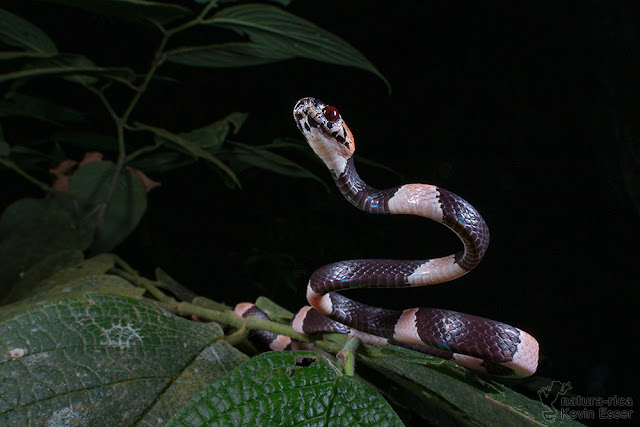 |
| Dipsas bicolor - Two-colored Snail-eater |
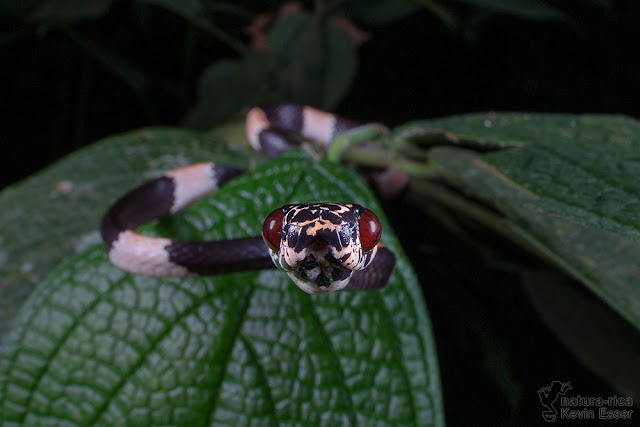 |
| Dipsas bicolor - Two-colored Snail-eater |
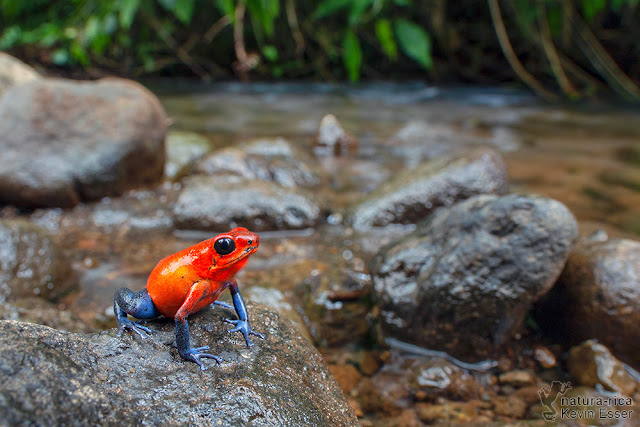 |
| Oophaga pumilio - Strawberry Poison Frog |
In some areas the Strawberry Poison Frog is very common. It is still always really cool to encounter these little jumping rubies. Since I have many "regular" macro shots of these frogs, I wanted to include the habitat in this picture.
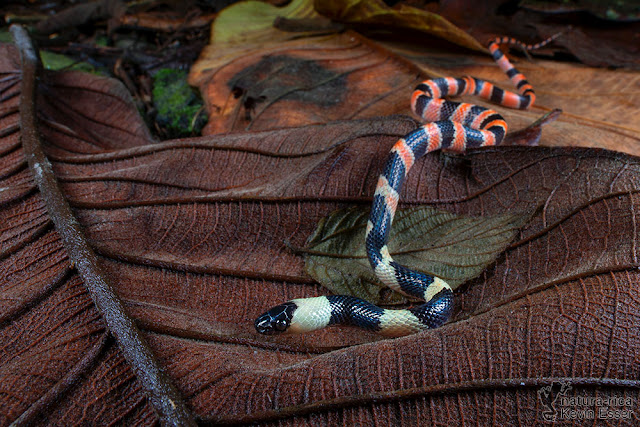 |
| Oxyrhopus petolarius - Forest Flame Snake |
I have seen several specimen of the Forest Flame Snake, also called Calico Snake, but it was the first time I found a juvenile one. The yellowish / white color will turn to red when they grow older. This is a coral mimic rear-fanged snake, completely harmless to humans.
The Helmeted Iguana has a highly variable coloration. This is the only one I have seen so far with a beautiful blue pattern. They are ambush pretadors and barely move at all, so it can be very hard to spot them.
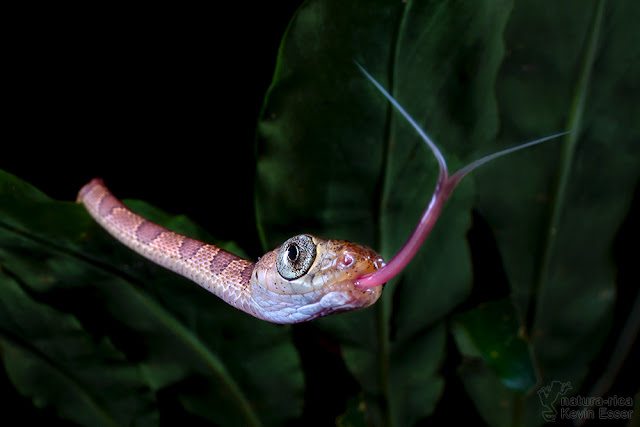 |
| Imantodes cenchoa - Blunthead Tree Snake |
One of the commonly seen snakes during the night hikes in Costa Rica is the Blunthead Tree Snake. I had a picture like this in mind for a long time and thanks to my new lens and some luck, I actually got it now. The snake was climbing down from a palm leaf and I seized the opportunity for this tongue shot.
Subscribe to:
Posts (Atom)
